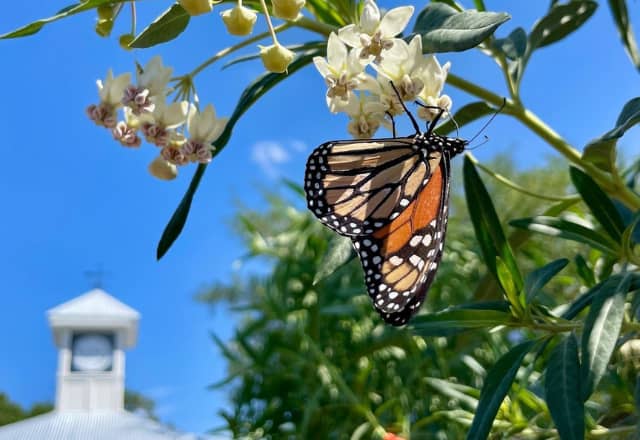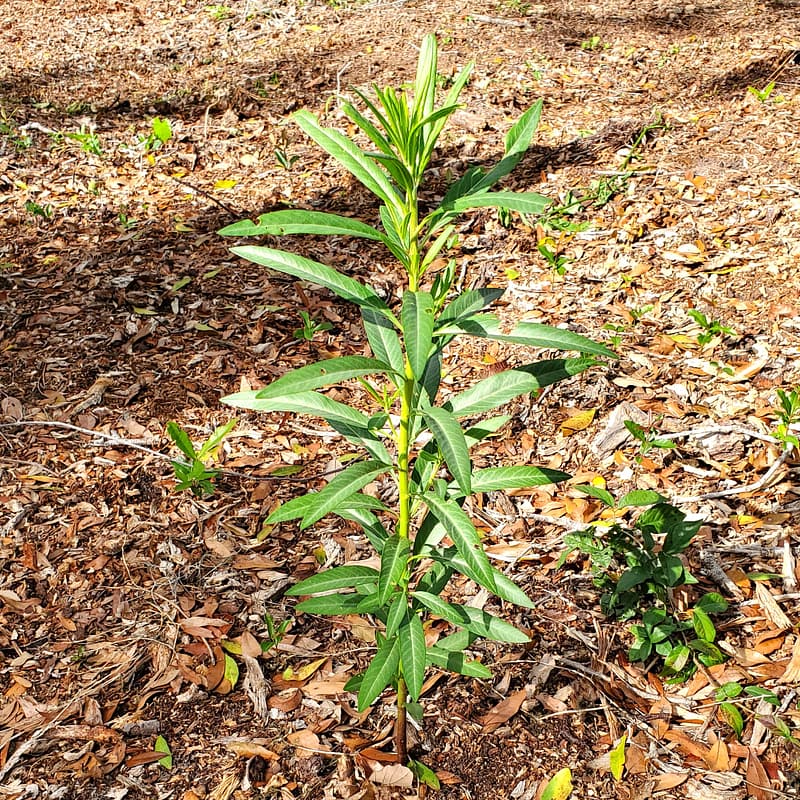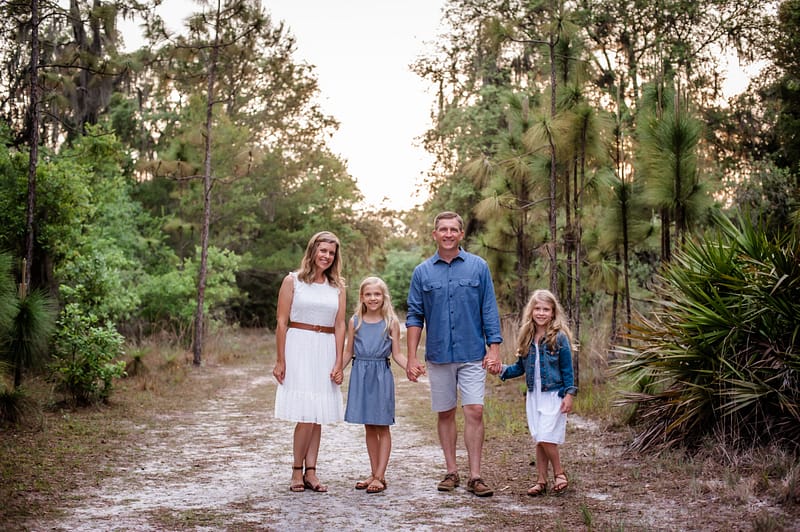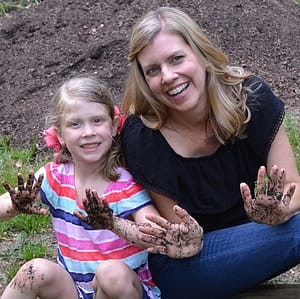I was mowing my backyard a few weeks ago, and I honestly think it is the first time we’ve mowed it since Hurricane Milton. Between fallen trees and branches and all the heavy equipment needed to remove everything, most of our backyard was pretty flattened. Add in the fact that we haven’t had much rain in the last 6 months, and the grass (well, mostly the weeds) hasn’t grown very much so it hasn’t needed mowing. But at some point, the number of stickers and seed pods that our cocker spaniel Pearl was bringing inside with her got the better of us, and we decided to give it a good mow down.
I don’t know about you, but I like mowing. It is cathartic and mindless, so you can just kind of lose yourself in the task, and it also creates these neat, perfect lines of cut grass. And don’t get me started on the smell. I love the smell of freshly cut grass!
As I was walking back and forth, I did have to pay attention to what I was mowing down. In some spots there were still branches and twigs, and as I was making my way through the task I stopped suddenly because one little plant jumped out at me. It was a lonely little Milkweed plant. It was actually pretty tall for being a little early in the year, but I’m glad I saw it because when I looked closer, it had quite a few Monarch Butterfly caterpillars and eggs on it.
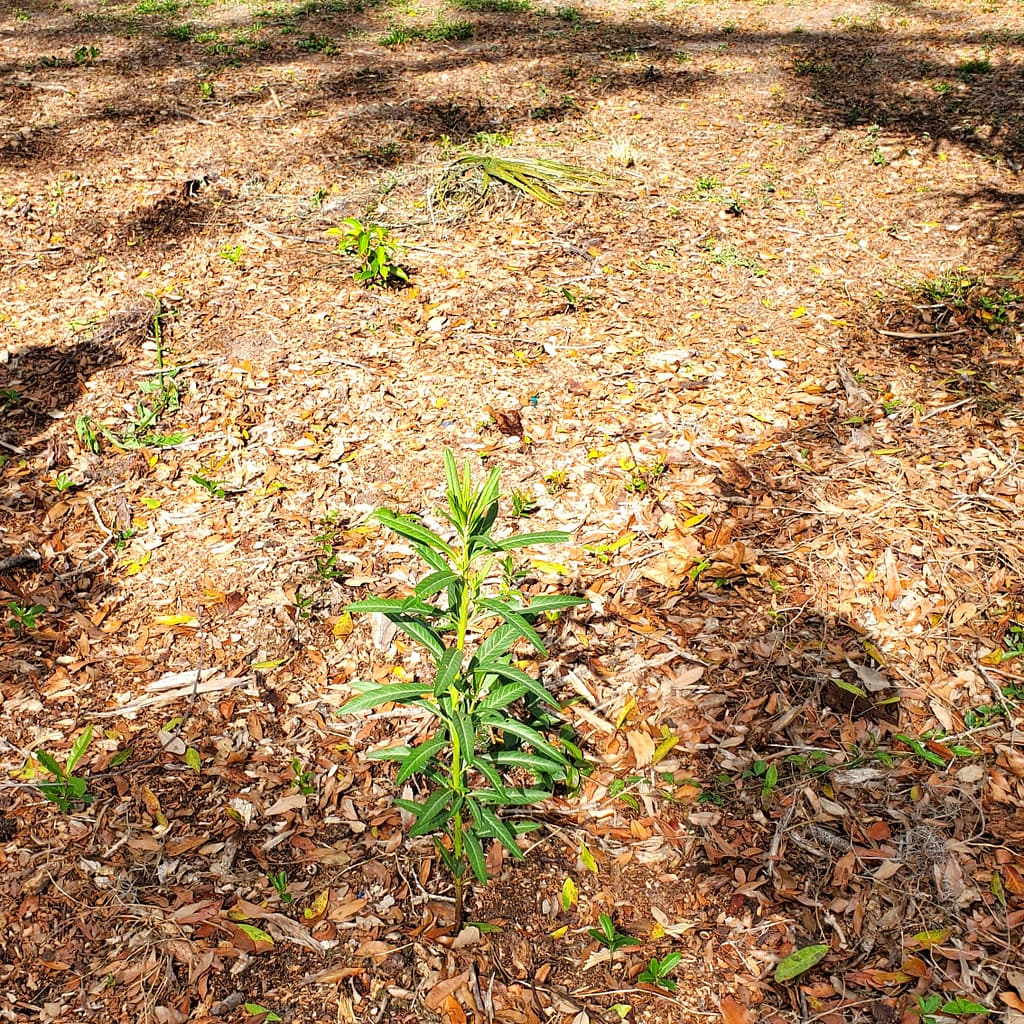
This lone Milkweed has earned a special, protected spot in our backyard now. I was especially happy to see this wild little volunteer because just this past week a study came out that concluded that from 2000 to 2020 butterfly populations dropped by a staggering 22%. I don’t know about you, but I don’t want to live in a world where there aren’t butterflies.
The good news is that there is good news. After feeling sad that we’d lost so many butterflies, I saw another study indicating that Eastern Monarch Butterfly populations as measured via satellite had doubled at their overwintering grounds in 2024. I was heartened to hear that.
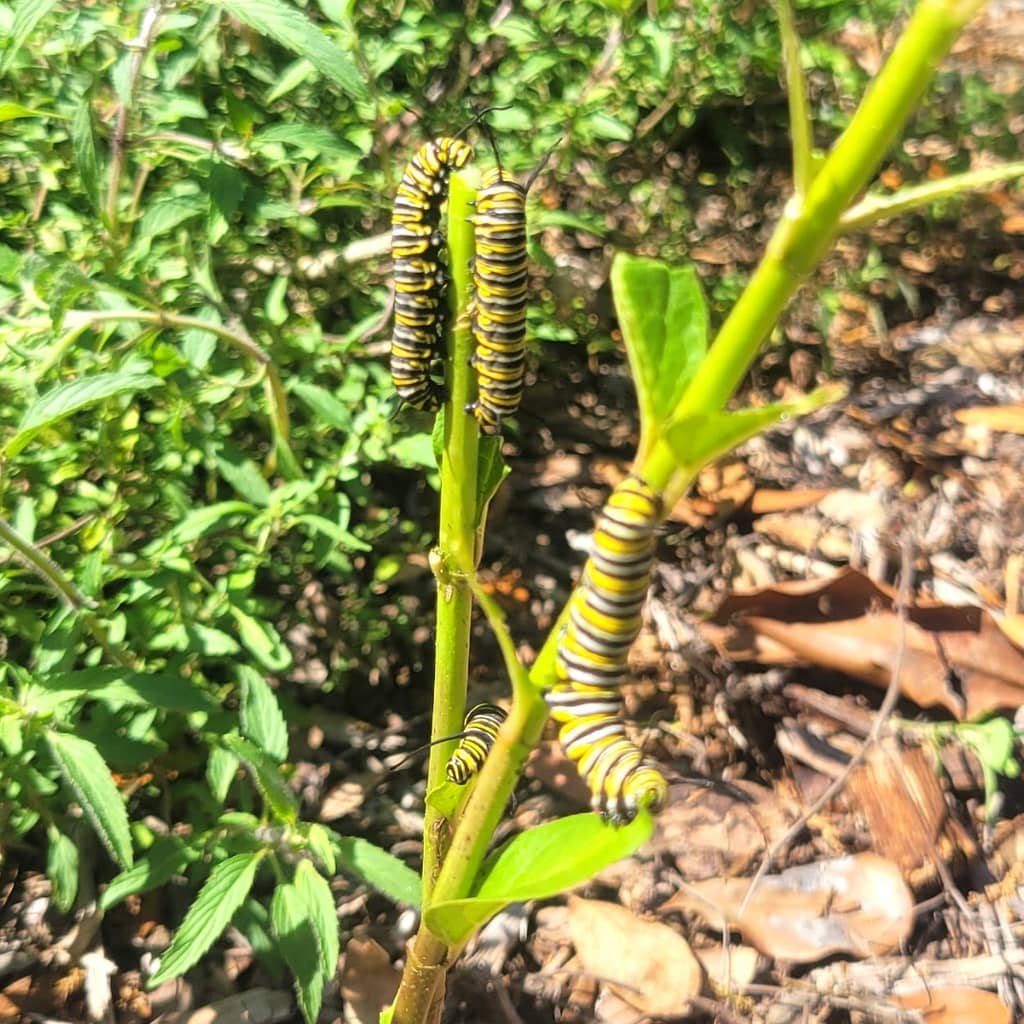
And you can be part of the solution by making your gardens, landscapes, and outdoor spaces butterfly friendly. That means planting gorgeous flowering plants to feed adult butterflies, planting the right host plants like Milkweed and Passionflower to feed caterpillars, and keeping some areas of your landscape a little wild to create habitat and shelter for butterflies, moths, pollinators, and more! We’re going to be showing you how to make this happen in your garden during this weekend’s Butterfly Bonanza. See below for some of the fun we’ll have going on and join us for our free Butterfly Gardening Seminar this Saturday at 10 am. We’ll teach you how to be a part of increasing butterfly populations. It starts in your backyard.
